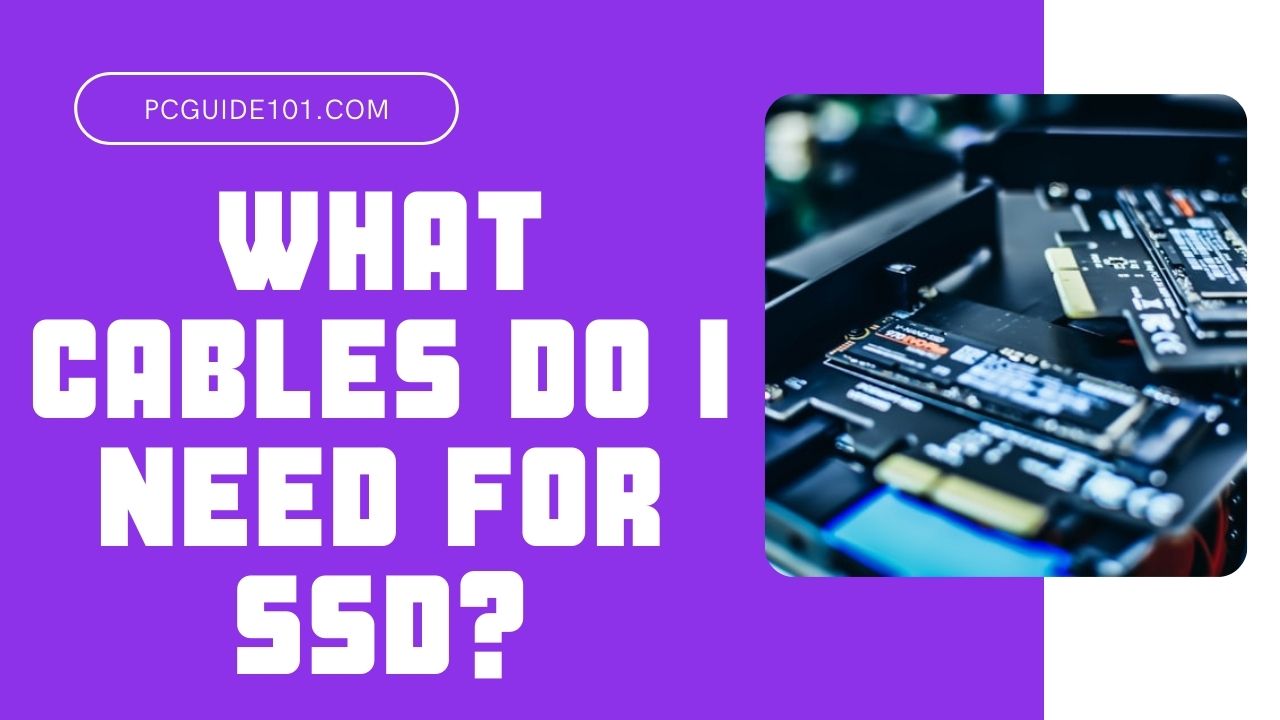

You can purchase a 500GB HDD for about $20, whereas a 500GB SSD will run you a minimum of $50.Īt the other end of the size range, an excellent HDD for video editing is the 4TB Western Digital WD Black Performance HDD, which is very affordable. However, to be honest, this is the only advantage a standard SATA HDD has over a modern SSD.īeing older technology, large capacity hard drives have become highly affordable. In contrast, unless you stick to 1TB and smaller SSDs their cost increases considerably.

But that doesn’t mean that SSDs beat HDDs in everything.īecause HDD technology dates to the mid-1950s, like any mature technology, the cost can be relatively low, even for very large capacity drives. With no moving parts, that would naturally introduce a delay in reading and writing data, SSDs are faster than traditional HDDs. So mechanically an SSD is more resilient than an HDD and will be better at coping with the shock of knocks and bumps (more likely on a video editing laptop). There’s no chance that a mechanical read/write head can touch and damage the drive because there is no such mechanism in the drive. It’s a solid-state drive that normally uses NAND flash chips where the data is saved in memory cells that can be written to and read electronically. To better understand whether you should use an SSD or HDD for all your video editing drives, we will give you a detailed breakdown below.


Solid State Drives use flash memory chips for data storage and access. As stated above, the primary drive is usually an SSD because of its speed advantage over an HDD. This is normally on the primary drive, where the operating system is installed, which typically is your fastest drive. The scratch disk is the temporary location where the program stores the files it is using in the video project. If you are using video editing apps, such as Adobe Premiere Pro CC, you may be aware that it’s recommended that your video project should be on one disk and that the location of the program’s scratch disk is on a separate drive. But since you will be creating a large number of very large video files you can take advantage of the affordability of huge HDD drives for storing your clips and video projects. These days your boot drive is probably an SSD, which will speed up your computer’s boot time and the time to launch your apps. If you’re going into video editing on a large-scale, especially if you are an enthusiast or starting a small business as a videographer, you should at the very least consider a dual-hard drive setup. How many drives do I need for video editing?įor many people, one hard drive is all they need for video editing however, two drives would be better. Why is NVMe even better than SSD for video editing?.What is the best affordable SSD for video editing?.Things to consider when choosing an SSD.Is the extra cost of an SSD worth it for video editing?.How many drives do I need for video editing?.


 0 kommentar(er)
0 kommentar(er)
